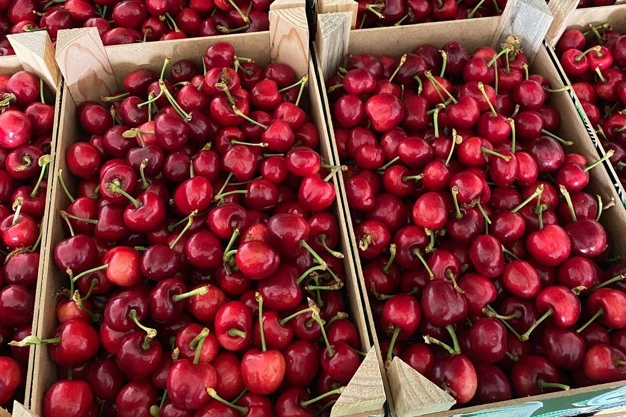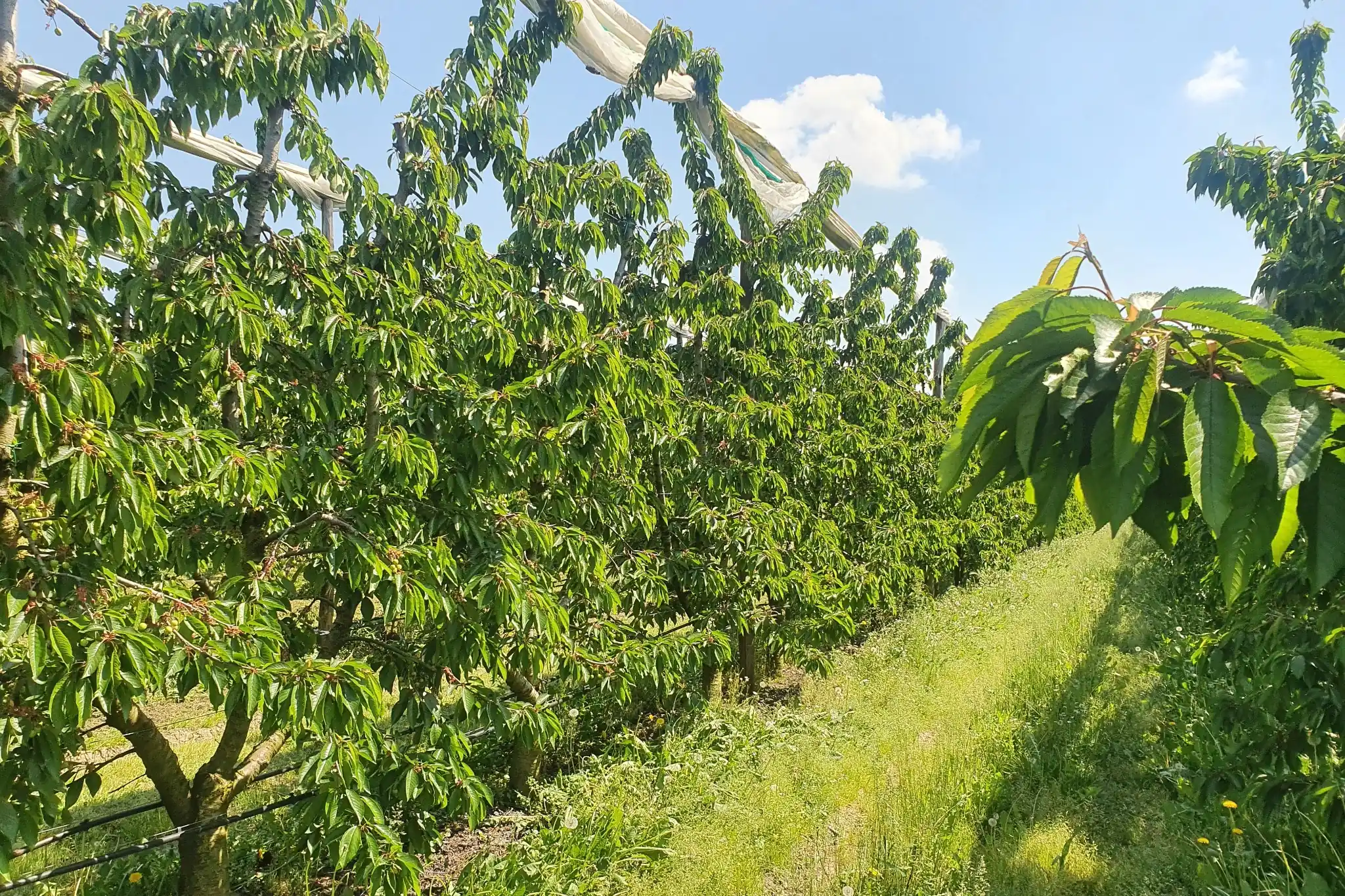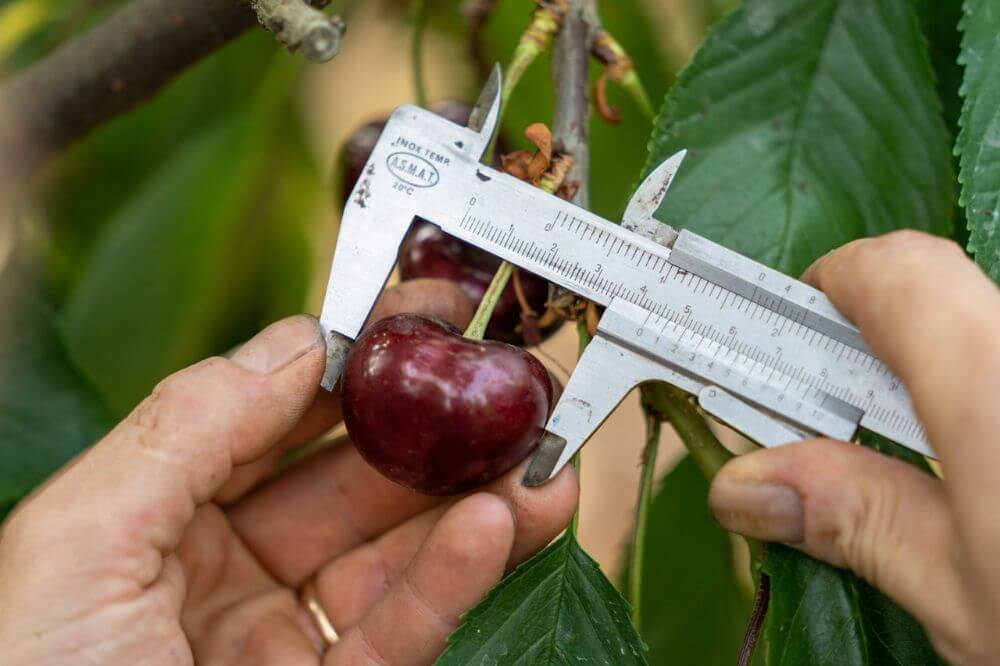In the heart of the Murcia region, where cherry cultivation was a distant dream, an innovative variety has changed the rules of the game, enabling early-season cherry production.
This variety is Royal Tioga, a type that, despite having relatively low chill hour requirements, has shown an extraordinary ability to adapt to specific climatic conditions, like those in this area, located just 200-300 meters above sea level and less than 5 km from the coast.
Speaking about it is Luis Elías from Viveros Mariano Soria, who explains how, just a few years ago, it would have been unthinkable to consider cherry cultivation in Murcia. "It all started thanks to Manuel Cutillas, who had the courage to give it a try.
We didn't know exactly how to manage the Royal Tioga variety to achieve early-season commercial production, but thanks to practical experiments, we managed to find the right approach," explains Elías.
The challenges of Royal Tioga

The Royal Tioga variety is classified as "low chilling", meaning it requires few chill hours during winter, but the challenges related to its proper development were numerous. "We had to 'relearn' everything we thought we knew about managing this variety. Every step of the process, from pruning to nutrition, to climate control under greenhouses, was revisited using a trial-and-error approach," says Luis.
One of the keys to success was the use of special greenhouses, covered with plastic and shading nets, which allowed the trees to accumulate about 250 chill hours in winter, enabling an early harvest around April 14, without relying on chemical treatments.
The result? High-quality cherries, crunchy, with a Brix level between 18 and 20, and a perfect color, despite the challenges of achieving uniform coloration in this variety.
Local success and international interest
"The Royal Tioga has an incredible production potential," emphasizes Elías. "However, one of the most common challenges is achieving uniform coloration, but thanks to our experience and management, we have significantly improved this aspect, producing cherries that not only have good color but are also crunchy and of excellent quality."
The pilot plantation of Royal Tioga in La Almunia de Doña Godina, a high-altitude location, has already achieved great success and attracted the interest of numerous international producers. Now, Cutillas' plantation in Murcia is also drawing attention, so much so that other farmers in his same OPFH (Organization of High-Quality Fruit Producers) are starting to consider switching to cherry cultivation, driven by the results achieved.
The future of cherry cultivation
"When we decided to plant cherries, we were completely inexperienced. But we had great trust in the support of Viveros Mariano Soria, who guided us through every stage of the project. Thanks to them, today we have managed to produce quality cherries in an area traditionally more focused on apricots," says Cutillas, the farmer who believed in the challenge.
Despite cherry cultivation in this area being technically more complex than other fruits like apricots, the commercial profitability has exceeded all expectations. "Being able to bring fresh cherries to market in such an early period has allowed us to achieve very advantageous prices," adds Cutillas.
With the experience gained and the positive results, the next step for him and other farmers is the expansion of the area dedicated to cultivating this innovative variety. "There are still aspects to improve, but we are convinced that Royal Tioga is a completely profitable variety," concludes Cutillas. "Other farmers are also considering starting cherry cultivation, inspired by our results."
This new frontier of cherry cultivation in Spain, thanks to the Royal Tioga variety, could mark the beginning of a revolution for Spanish agriculture, opening new market opportunities and forever changing the landscape of early-season fruit.
Source text and images: FreshPlaza.es
Cherry Times - All rights reserved













